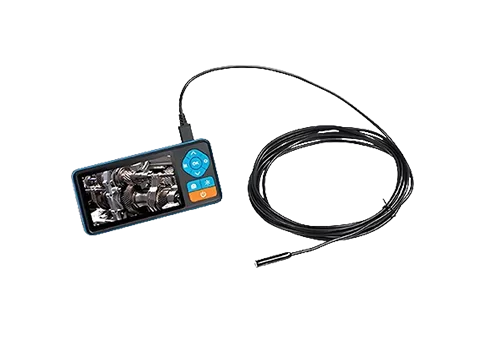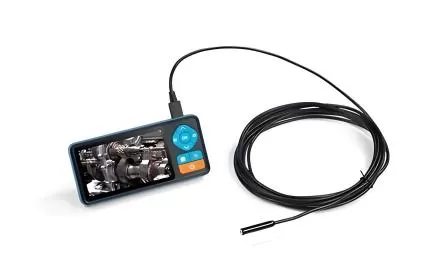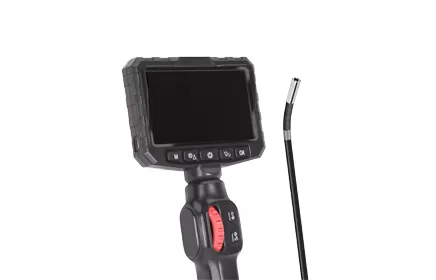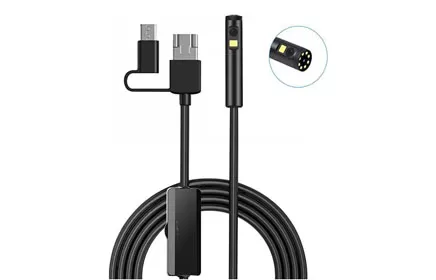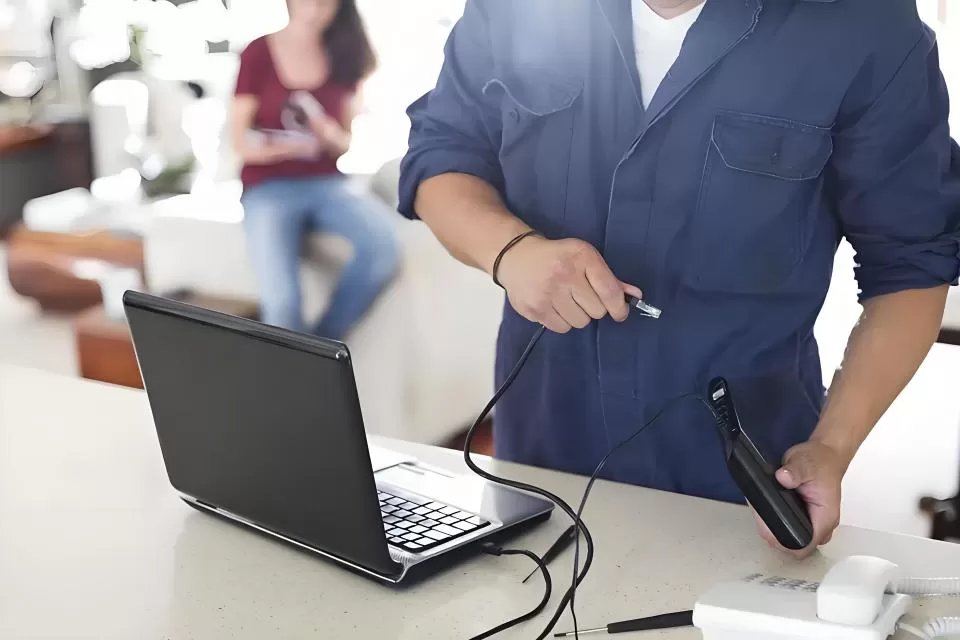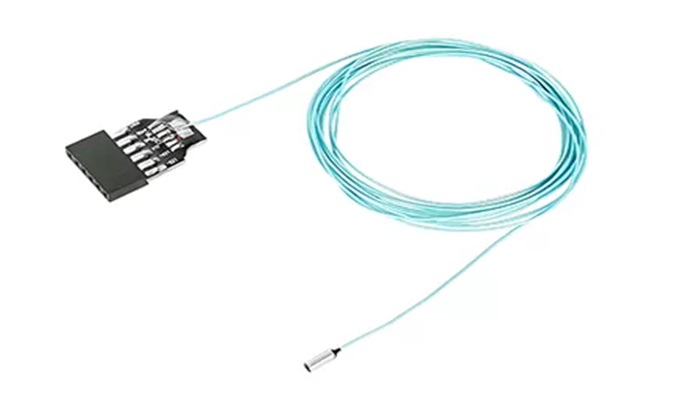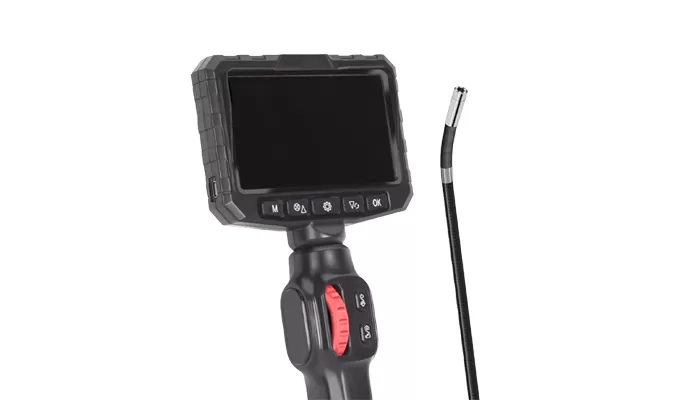Uses of Industrial Maintenance Borescope
Troubleshooting:
Inspect the inside of equipment (e.g., engines, pipes, turbines, etc.) for wear, corrosion, cracks, or foreign objects.
Locate leaks or blockages.
Quality Control:
Check for weld quality, assembly accuracy or surface defects during the manufacturing process.
Preventive Maintenance:
Regularly check the condition of equipment to detect potential problems in advance and avoid downtime.
Safety Inspection:
Reduce safety risks by replacing manual inspections in hazardous environments such as hot, toxic or confined spaces.
